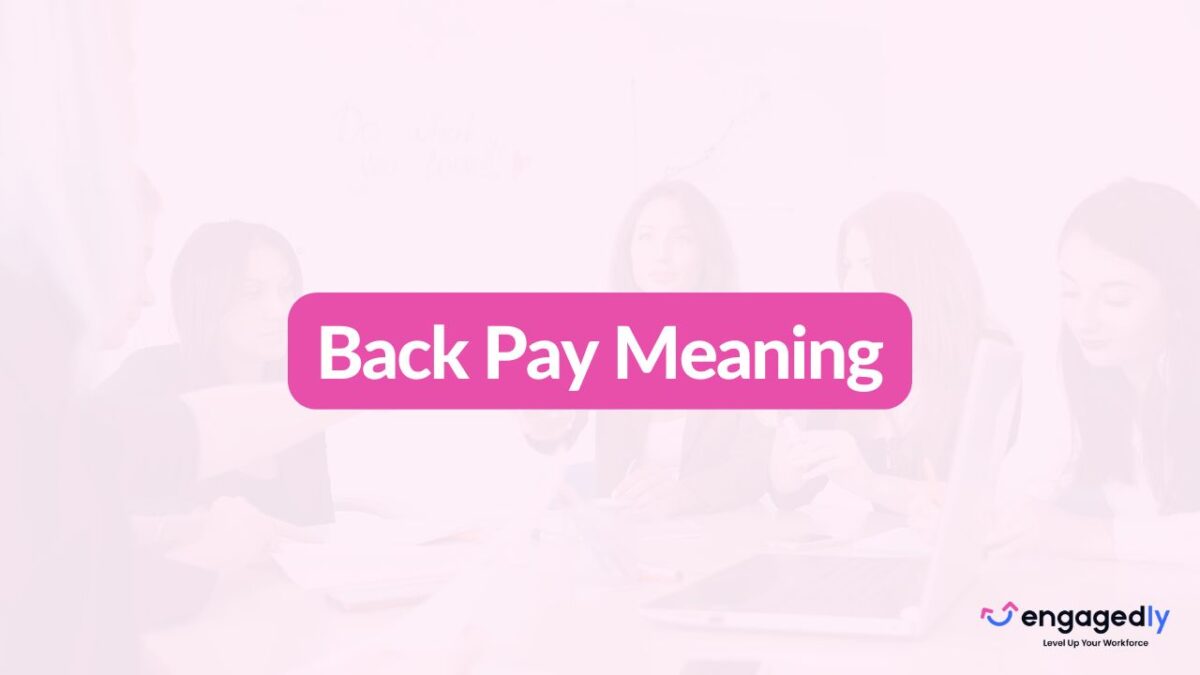What Is Back Pay?
Back pay refers to wages that an employee is owed for past work that were not paid at the time they were earned. It can result from payroll errors, unlawful termination, wage disputes, or misclassification. Back pay is typically issued as a lump sum and may include unpaid bonuses, overtime, commissions, or benefits.
When Does Back Pay Apply?
Back pay most often applies in cases involving:
- Wrongful termination or layoffs later deemed unlawful
- Wage violations under federal or state labor laws
- Delays in promotion-related pay adjustments
- Retroactive salary changes due to new policies or union contracts
Employees may be entitled to back pay if they file a successful claim through the Equal Employment Opportunity Commission (EEOC), Department of Labor (DOL), or a civil lawsuit.
How Is Back Pay Calculated?
Back pay is calculated based on the difference between what the employee should have earned and what they were actually paid. This may include:
- Missed regular wages
- Overtime
- Lost benefits (e.g., PTO accrual, 401(k) matching)
- Interest or penalties depending on jurisdiction
Employers must include back pay in gross income for tax purposes, and standard deductions (like Social Security and Medicare) usually apply.
Employer Best Practices for Avoiding Back Pay Issues
To avoid legal disputes and payroll discrepancies:
- Ensure compliance with wage and hour laws
- Audit payroll regularly for miscalculations
- Document all changes to pay structures or classification
- Train managers on wage compliance and policy enforcement

